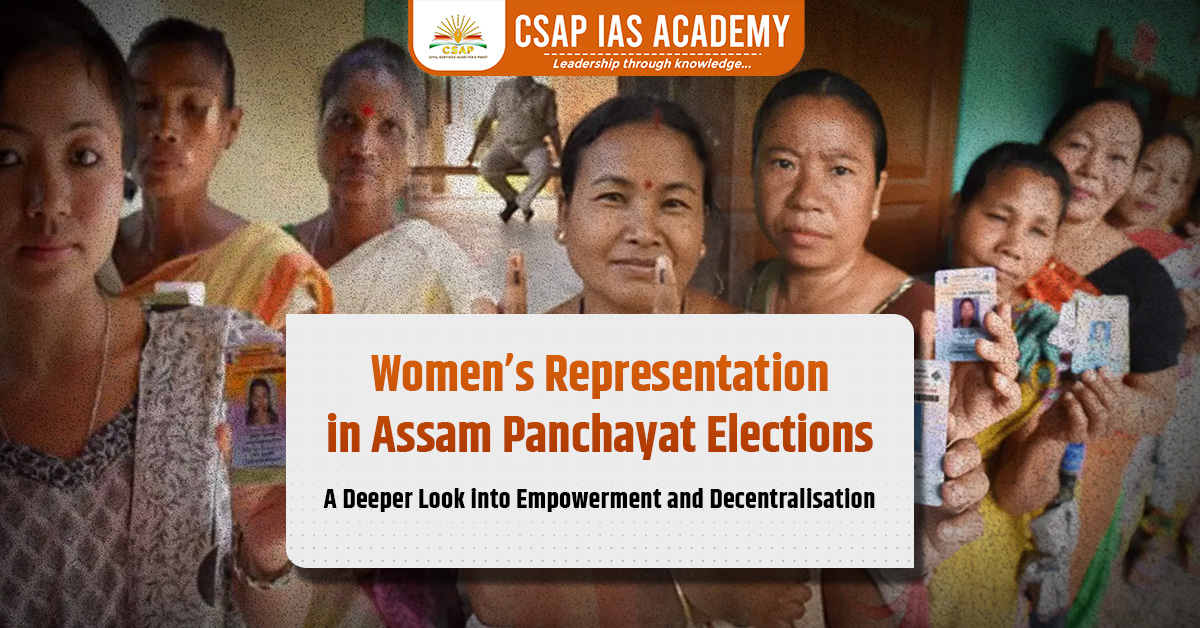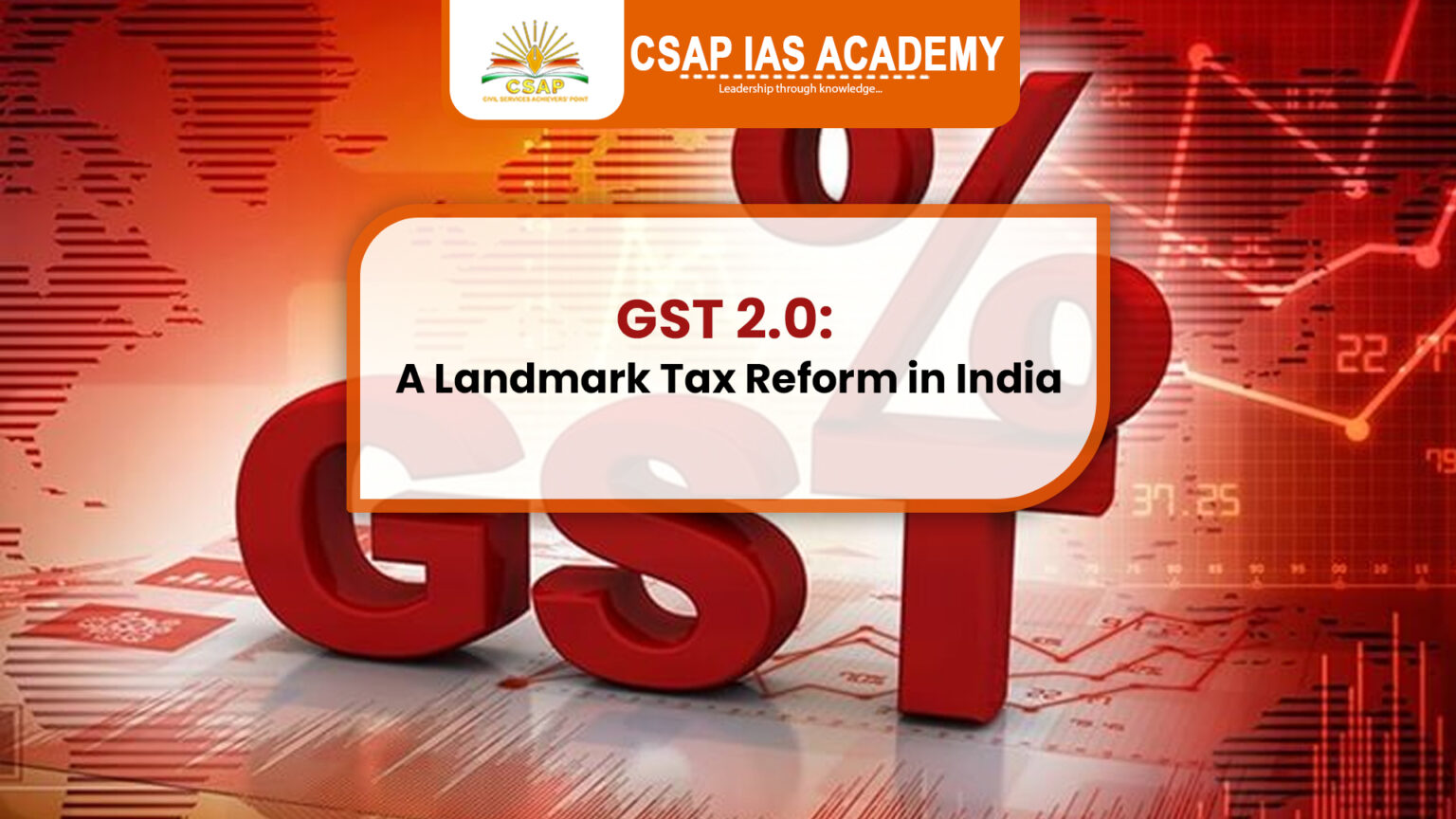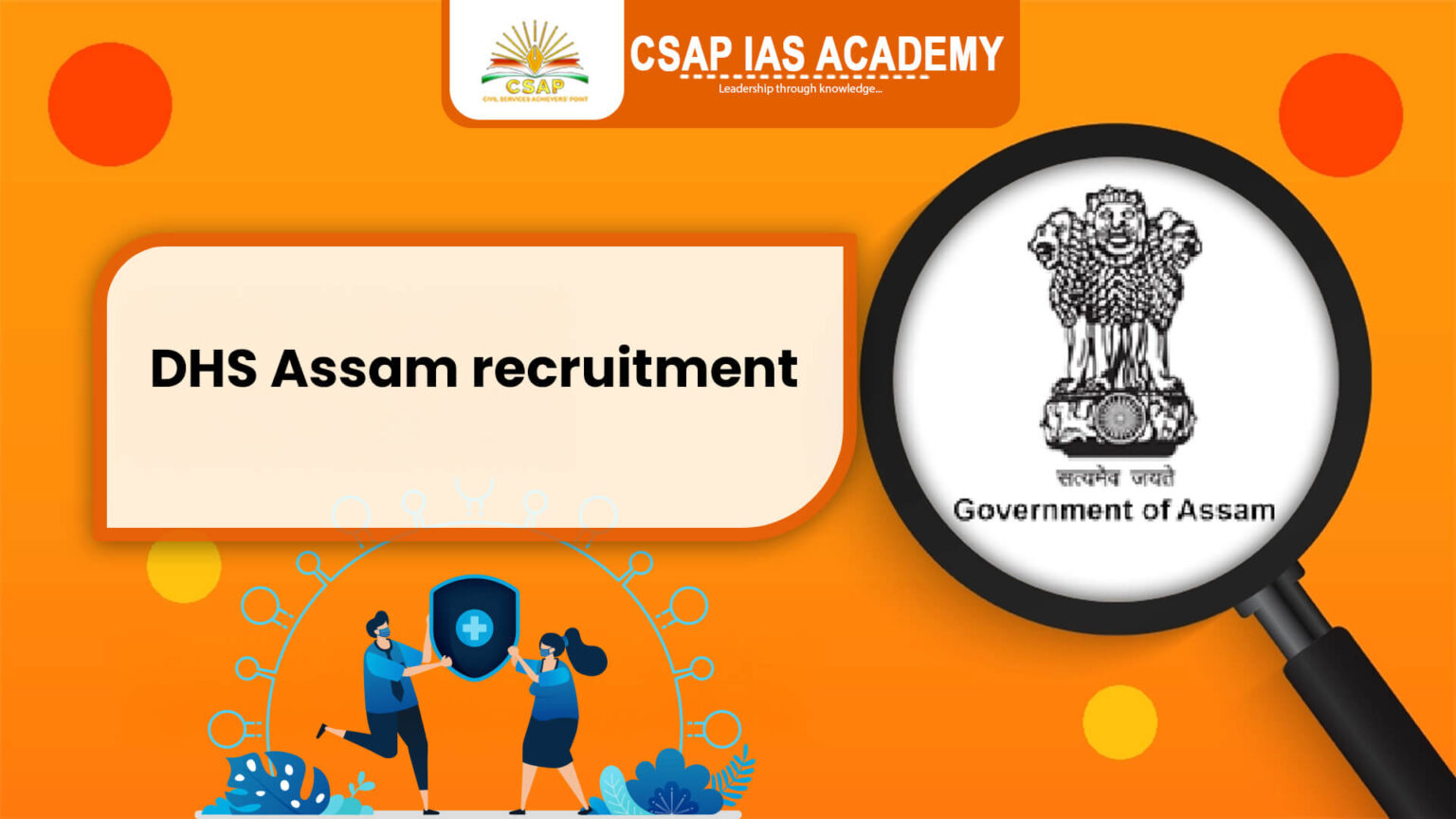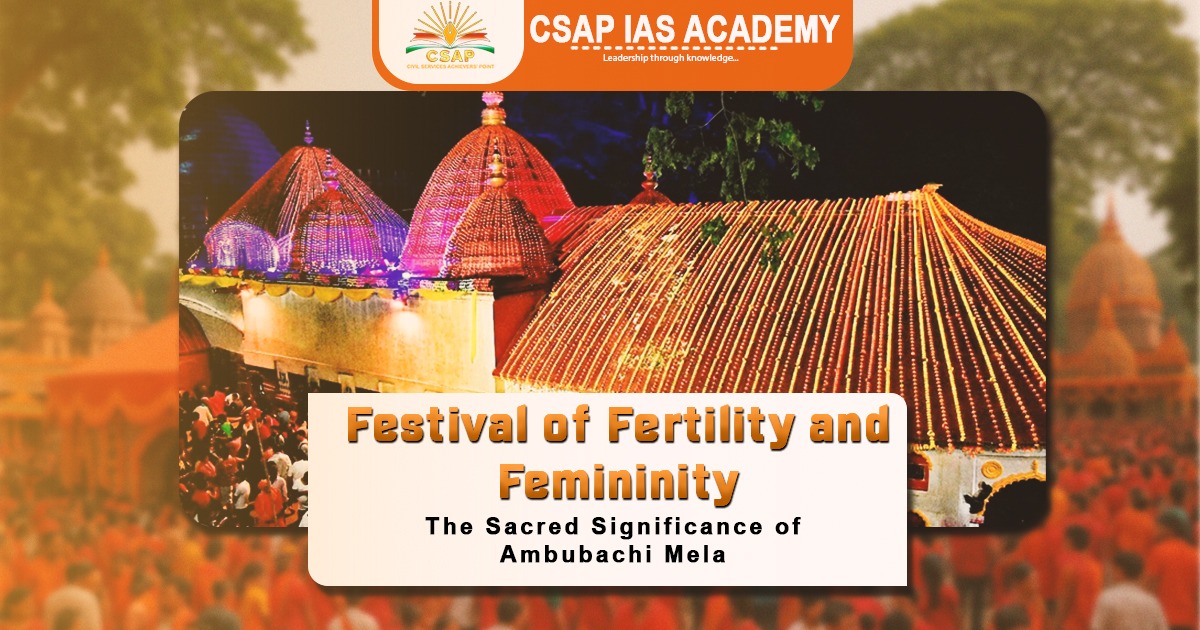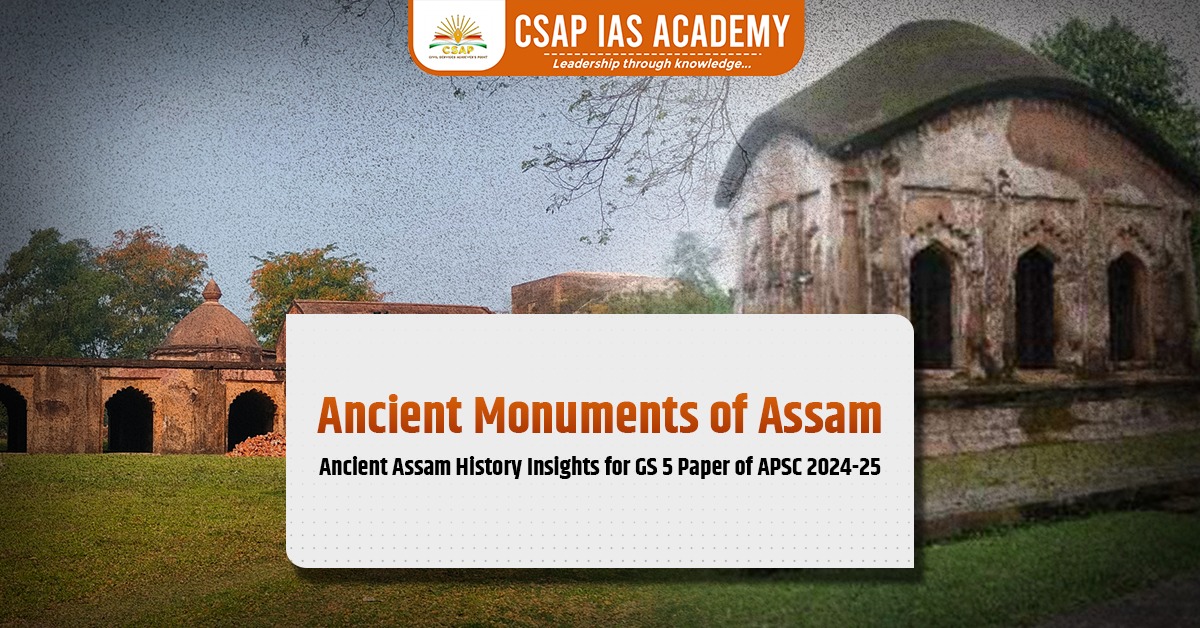In this blog, we explore women’s role in the Assam Panchayat Elections, highlighting the rise in female participation alongside the persistent challenges of patriarchy and tokenism. We examine whether this growing representation truly reflects empowerment or remains symbolic, and discuss what’s needed to make local governance genuinely inclusive.
Women’s Representation in Assam Panchayat Elections
The campaign for the 2025 Panchayat elections in Assam has witnessed a notable increase in the participation of women candidates. This growing involvement, on the surface, appears to be a sign of progressive empowerment. However, deeper social realities paint a more complex picture. In several areas, particularly within patriarchal communities, some women candidates are using the photographs of their husbands on election posters instead of their own. This practice reflects the persistent influence of male authority and social conservatism, calling into question the true extent of women’s empowerment at the grassroots level.
Patriarchal Challenges in Grassroots Politics
The persistence of patriarchy in rural Assam, like in many parts of India, still dictates the socio-political environment. In certain conservative regions, women lack public identity and recognition, resulting in their dependency on male figures for political legitimacy. The usage of husbands’ images in election material is not merely symbolic—it highlights how deep-rooted gender biases continue to obstruct women’s autonomy in political spaces. These challenges raise fundamental questions about whether women’s participation in elections is genuinely empowering or merely representative in form, lacking substance.
Statistical Progress Amid Social Limitations
Despite these structural constraints, women’s electoral participation in Assam has shown significant improvement in recent years. In the last panchayat elections, women not only contested in large numbers but also outnumbered male voters in several districts. Assam has more than 26,000 elected representatives in Panchayati Raj Institutions (PRIs), and over 50% of them are women. This numerical success, however, has not translated into effective decision-making power. Many elected women representatives (EWRs) remain on the periphery of actual governance, overshadowed by male relatives or local strongmen.
Evolution of Panchayati Raj in Assam

Assam was one of the earliest Indian states to legislate for Panchayati Raj, passing the Assam Rural Panchayat Act in 1948. This was subsequently replaced by the Assam Panchayat Act of 1959, the Assam Panchayati Raj Act of 1972, 1986, and finally, the Assam Panchayat Act of 1994. The current legislation is aligned with the 73rd Constitutional Amendment of 1992, which institutionalized a three-tier system: Gaon Panchayats at the village level, Anchalik Panchayats at the intermediate level, and Zila Parishads at the district level.
The Panchayati Raj structure in Assam today governs 23 subjects under 17 departments. While the structure exists to bring governance closer to the people, the quality of participation, especially by women, remains uneven.
Decentralisation: The Missing Substance
Decentralisation is not merely a technical redistribution of power; it is also a social process. Its essence lies in transferring authority and responsibility from centralised state structures to democratically elected local bodies. However, decentralisation without meaningful devolution—particularly in patriarchal contexts—can be hollow. In many cases, women are elected only to fulfill legal quotas while the actual decisions are still made by male proxies.
Moreover, the lack of awareness among villagers about the functions and powers of Panchayats, combined with the politicisation of local bodies, undermines democratic governance. True decentralization must go beyond formal power-sharing and aim for transformation through inclusive participation.
The Way Forward: From Participation to Empowerment
Participation alone does not equate to empowerment. Empowerment is the ability to make decisions, influence outcomes, and shape one’s own life and community. For women in Panchayati Raj, this involves not only being elected but being heard, respected, and supported. Capacity building is crucial. Leadership training, awareness campaigns, and mentorship programs can help women representatives build confidence and competence.
There is also a need to sensitize the wider community—including male members—to value and respect women’s leadership. Institutions must be strengthened to monitor and ensure that elected women are not just figureheads but active contributors to governance.
Conclusion: Making Women Central to Local Governance
Assam’s experience in Panchayati Raj is a mix of commendable progress and persistent challenges. While the participation of women has improved significantly, the qualitative aspects of their representation remain weak. True empowerment at the grassroots level demands more than symbolic inclusion—it calls for a change in attitudes, power dynamics, and institutional support systems.
Ultimately, empowering women within Panchayati Raj is not just about achieving gender equality; it is essential for the overall development and democratisation of rural Assam. Bridging the gap between representation and empowerment is the key to ensuring that decentralised governance truly reflects the aspirations and needs of all citizens.
Read: The Simla Agreement 1972
Download App:

